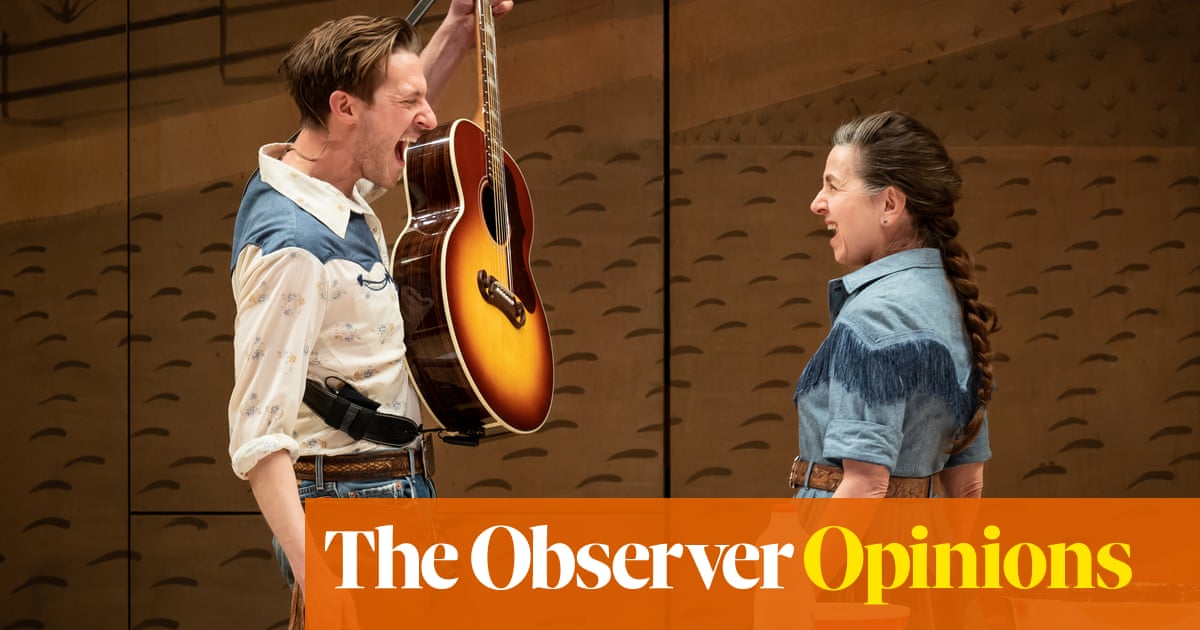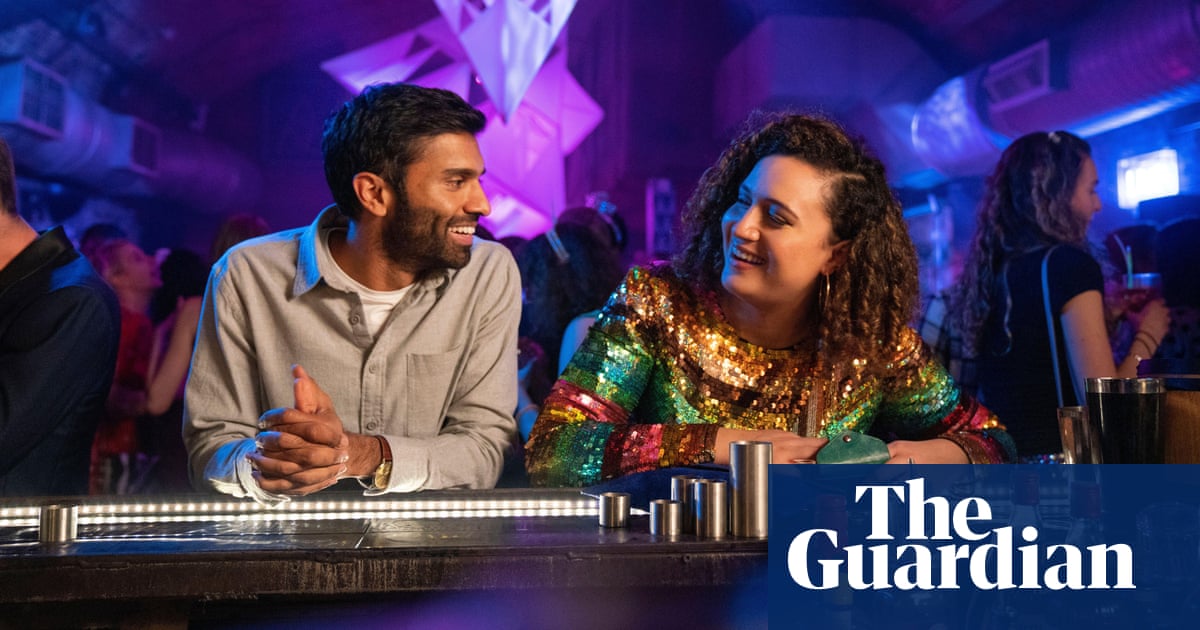
have always loved a good villain. Sometimes I have loved to hate them, but often I have simply loved them. A doll of Maleficent, the evil fairy from Sleeping Beauty, sits on the shelf of my childhood bedroom. History has finally absolved Sharpay, the glam drama club president from High School Musical, but I have been defending her honour since the film was released in 2006.
Times have changed. If Charles “Coughing Major” Ingram had attempted to cheat on Who Wants to Be a Millionaire? in 2020 instead of 2001, he would have been hailed as a legend. Many TV protagonists are now written to be indistinguishable from antagonists. It it is widely accepted that villains are usually more entertaining, more nuanced and have more going for them than heroes. This has always been the case on reality TV, however, where baddies have long been king.
I like to think there is a villain-to-icon scale of sorts, a tipping point in the journey of every good baddie at which the viewer goes from loathing them to rooting for them. In Love Island Australia, we saw this with unlucky-in-love Cassidy McGill. When Grant Crapp dumped her for her friend Tayla Damir, her woman-scorned act quickly grew old. That was until the recoupling ceremony, at which she decided to get even, cooly partnering up with Grant to create a wedge between the new couple. The uproar it caused was unforgettable and made Cassidy so: it was unapologetically petty in a way that immediately made her the most interesting person in the house.
The same can be said of Love Island UK’s Megan Barton Hanson – the femme fatale was a hate figure for a while, then revered as the patron saint of savagery for her ball-breaking antics. The worse she got, the more the love for her grew.
Sometimes the shift in attitude comes down to how long a contestant lasts on screen. Villains are often evicted early – either by viewers or by fellow contestants – but if they manage to stay they either grow on us or grow up. This was seen most recently on the Netflix series Indian Matchmaking, with the cynical lawyer Aparna Shewakramani becoming a target for the public after displaying disdain toward comedy, podcasts, relaxing and the majority of men she met throughout the process. She ended up a fan favourite, however, rehabilitated through a contextualising backstory and column inches in her defence. In fact, she is probably the star of the series.
It is a familiar story. The first series of Love Island was won by Jess Hayes and Max Morley, who was initially public enemy number one. Celebrity Big Brother has been won by several divisive contestants, too: Sarah Harding was reviled during her stint on the show, as she embarked on a relationship with fellow housemate Chad Johnson despite having a boyfriend on the outside. She was crowned the winner amid a flurry of boos. Stephanie Davis was the runner-up in another series, despite finding herself in a similar love triangle.
Perhaps there was an air of vulnerability to these women, which helped voters warm to them, but this was not the case with Helen Wood, Big Brother’s victor in 2014, who was vitriolic till the end, or Stephen Bear, a professional troll who was also booed during his win in 2016. As the years passed, the show became less of a popularity contest and more about awarding those who provided the most entertainment. Viewers’ anger at bad guys coming out on top was comparatively lower than their frustration with the 2003 Big Brother winner Cameron Stout, who was chastised for being “too nice”.
In many cases, the more they lean into pantomime villainy, the more we applaud. Take the Real Housewives franchise, for instance, where the most celebrated characters spend most of their time impersonating Cruella de Vil. In the Atlanta iteration, almost every cast member has been a baddie at one point or another. The likes of Phaedra Parks, Kenya Moore and NeNe Leakes have been immortalised in memes for their meanness (Parks is best known for a scathing putdown of Moore that viewers christened “the read of the decade”). The housewives are not renowned for likability but quotability. It is, of course, possible to tip the scale too far in the wrong direction: Parks was fired from the Bravo franchise in 2017 after making defamatory allegations abouta fellow castmate. Even so, she is allegedly in talks to return after three years on the naughty step.
For better or worse, the legends of this genre are the worst. The walls of the reality TV hall of fame are decked with the likes of Heidi and Spencer “Speidi” Pratt, Farrah Abraham, Mike “The Situation” Sorrentino, Omarosa Manigault Newman and Scott Disick. In the Atlanta series of Love & Hip Hop, Joseline Hernandez proved that you can get away with a hell of a lot if you are funny. Many forget that Tiffany “New York” Pollard, now reality TV royalty, started her career as the self-declared “head bitch in charge” on Flavor of Love. Despite her bad behaviour, she was the only contestant to get a spin-off show.
Some transgressions we never forgive – I am sure echoes of the “Get Grace Out” chants aimed at Big Brother’s Grace Adams-Short, accused of being a bully during her time in the house, still ricochet around Elstree Studios. But, ultimately, we never forget such contestants, either. They are a different type of underdog – and the tide can turn easily with fickle viewers. Reality TV villains are only ever one legendary clapback away from winning our hearts – and eventually, the game.












